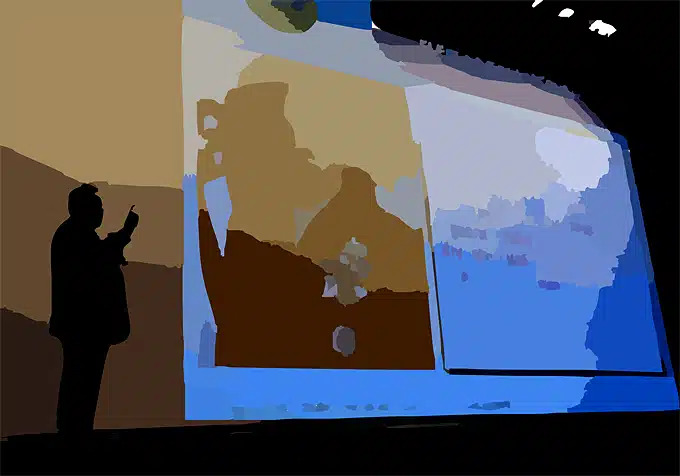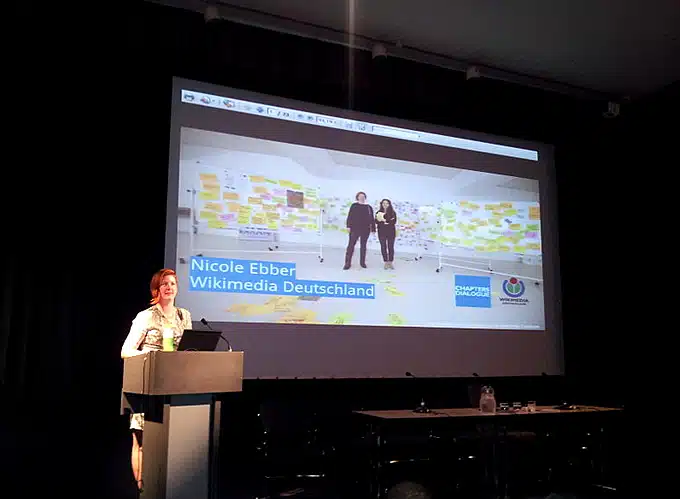words Alexa Wang
Making and giving a presentation can sometimes be a daunting task. But it doesn’t have to be a scary prospect. You need to begin by giving some careful consideration to your content.
What have you got to say and how do you want to say it? Once you’ve answered those questions you need to translate your big idea to the screen in a way that will engage and inform your intended audience. After all, you don’t want to bore anyone. There are many tools available online to help craft the perfect presentation (this online slideshow maker is my personal favorite).

Ask questions of your audience
Don’t just list facts and make statements. Doing so can be very dull for someone watching a presentation – they already know that you have a point to make. But asking them a question and getting them to think underlines the importance of the subject. Asking a question will also change the emphasis of your presentation from a straight factual slideshow to something much more inclusive. This will make your audience active participants. From then on, they will feel like they have ‘skin in the game’ and be even more engaged.
Include video and music
Adding video and music to your presentation can be very beneficial. Music, for example, by its very nature is intended to provoke an emotional reaction. That means it could be very effective at enhancing the mood of your audience. Think of a movie and how its music helps you to “feel”. There are lots of places online to find royalty-free sound for your presentation.
Here are a few suggestions:
- Epidemic Sound
- YouTube Audio Library
- AudioJungle
- AudioBlocks
Similarly, including video in your presentation can enhance an audience’s attention. That being said, it’s inclusion must be relevant and necessary. Don’t just include video because you feel like it or because it fills time. Adding a video at the beginning of your show, in particular, is a great way to grab attention. Once you’ve got the viewer’s focus, you can send your point home.

Use great images and not too much text
The images you use in your presentation can be very effective aids in telling your story. Good photos can help the audience to understand what you are telling them quickly. After all, they do say that a picture is worth a thousand words. No one wants to sit and watch a presentation where they have to read lines and lines of text. Remember, use a great photo and save yourself the hassle and time of writing a thousand words. That is surely a bonus? Research shows that using the right imagery can help with long term memory. So, hopefully, your audience will leave the presentation reflecting on what it is you had to tell them.
Putting too much text on the screen can often have the opposite effect of what you might expect. People will naturally read what is put before them. They may end up subconsciously reading and not listening to what you have to say. Using the right image in the right place and limiting the words on the screen can literally speak volumes.
Here are a few sources of good imagery for your presentation:
- Unsplash
- Pexels
- Freerange
- Creative commons
Wrap up and conclude in style
Make sure that you finish your presentation in a way that sticks in your audience’s memories. It might be a good idea to try to create a feeling, something you want to stay with them as they leave. This would be a great time to use some of that well placed and chosen music.
Use your conclusion to sum up what you want the key takeaways to be and add pauses to allow the points to sink in. Silence will emphasize the importance of your message.
A call to action is e a great thing to include right at the end: something you want them to do next or an action to perform based on their newly acquired knowledge.
If you followed the advice in this post, your audience will hang on your every word.




